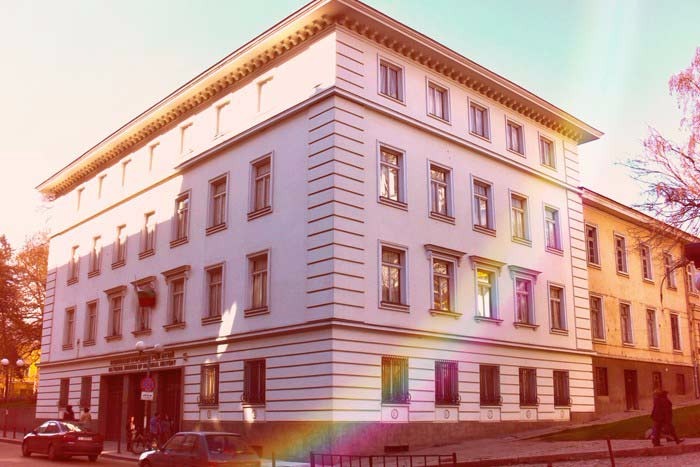Guided Sofia tours – Serdika to Sofia
Guided Sofia tours – In 1400 – 1300 BC. Sofia’s area was populated by the Thracian tribe of Tilataei. The tribe Serdi, invaded the area in the 3rd century BC. The first name of Sofia, Serdika and the name that the city possessed the longest time, was a Thracian name derived from the tribe Serdi, who were either of Thracian, Celtic, or mixed Thracian-Celtic origin.
The name Serdica or Sardica (Σερδική, Σαρδική) was popular in Latin, Ancient Greek and Byzantine Greek sources from Antiquity and the Middle Ages; it was related to the local Celtic[10] tribe of the Serdi. The name was last used in the 19th century in a Bulgarian text, Service and hagiography of Saint George the New of Sofia: ВЪ САРДАКІИ.
Another of Sofia’s names, Triaditsa (Τριάδιτζα), was mentioned in Greek medieval sources. The Bulgarian name Sredets (СРѢДЄЦЪ), which is related to среда sreda (middle), first appeared in the 11th-century Vision of Daniel and was widely used in the Middle Ages.
Guided Sofia tours – Atralissa
The Slavic name Sredets first appeared in the 11th century. The city was called Atralissa by the Arab traveller Idrisi and Strelisa, Stralitsa or Stralitsion by the Crusaders.
Ottomans called the city Sofya. Now Sofia is related to the Holy Wisdom.
The current name Sofia was first used in the 14th-century Vitosha Charter of Bulgarian tsar Ivan Shishman or in a Ragusan merchant’s notes of 1376; it refers to the famous Holy Sophia Church; an ancient church in the city named after the Christian concept of the Holy Wisdom. Although Sredets remained in use until the late 18th century, Sofia gradually overcame the Slavic name in popularity. During the Ottoman rule it was called Sofya by the Turkish conquerors of Bulgaria.





